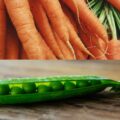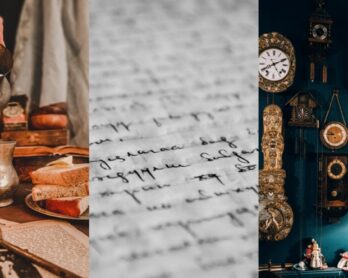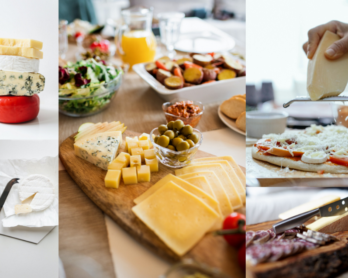Looking out the kitchen window I see an unusual sight, my cat, Muffin, sitting on the bird feeder. I open the window, bring him in, and give him a gentle scolding. He quickly runs out of the room. I open the window and spread around the wild bird seed I have purchased at the local variety store.
Black-Capped and Boreal Chickadees
Come pull a chair up to watch “Festival of the Birds” with me. First to land (Black-Capped Chickadee) is a small gray bird with light gray sides and breast which daintily lights down. It also has a black cap and black wings and a white stripe below its eye. The common but beautiful five-inch bird bobs its tail up and down for balance as it picks up a sunflower seed. Then it turns the seed around in its short, tiny, pointed beak until the hard outer shell cracks open and drops. The Chickadee eats only the Sunflower seeds. It soon flutters off to a nearby tree.
A small brown-capped Boreal Chickadee with reddish-brown sides comes fluttering down next. It, too, prefers the Sunflower seeds and turns and cracks them the same way as the Black-Capped Chickadee. It stays for a long time pecking and eating.
Pine Grosbeak
Two beautiful, fat birds light down to join the Boreal Chickadee. They grab up the Sunflower seeds with their short, fat beaks. Their large nine-inch size makes them ruler of the feeder. The brilliant red head, breast, and back of the male make it stand out. The female has a pretty orange or yellow head and back. The wings of both are gray with a white stripe across, and there is some gray on their breast as well.
Grosbeaks are very interesting birds. They make their homes just ten inches from the ground in conifer trees. In the winter I see them eating the round, red, and frozen berries right off the High Bush Cranberry bush. One day I saw a Grosbeak with a white fungal type growth on its feet! One Grosbeak pecks at the window several times a day as if to say “Hello”.
Chipping Sparrow
Here comes the most beautiful little brown and white striped sparrow I have ever seen. Its tiny four-and-a-half-inch size and its pretty red cap set it apart from all the other sparrows. Its tiny, short beak is designed for eating the tiny round seeds that come in the seed mix. The sparrow picks up the seed, turns it around in its beak, cracks, and eats it. The sparrow stays a long time at the feeder making sure it stays well away from the Grosbeaks. A male Chipping joins the female. He has the same coloring as the female-only he has a red breast as well.
The Chipping Sparrow lives along the mainland rivers of Alaska and makes its home in conifer or deciduous trees which is why it lives here; I live on the main river in central Alaska, the Yentna.
Woodpecker {Sapsucker}
Scaring all other birds away, a large woodpecker thumps down on the feeder. It is about ten inches, black and white speckled with a redhead. With its two-inch long, slender, pointed beak it scatters the seeds right and left until the feeder is nearly empty. It finally finds a Sunflower seed and pecks it real fast until the shell breaks off, and then it eats the seed, leaving the outer shell. It repeats this ritual again and again until the feeder is completely empty. Then swoosh, it flies away to a nearby Cottonwood tree and into a hole. Most of the seed is on the ground now so I reload.
One day when there were about twenty birds, a Chicken Hawk thudded against the window, grabbed a Grosbeak, and flew away. It was unusual, shocking, and devastating.
There are some other birds such as Gray jays, Magpies, Red-Breasted Nut Hatches, Downy Woodpeckers, and an occasional Raven which come to the feeder periodically too.
I love to observe the birds up close. It is fun and exciting watching them flutter down. I must give credit to the book (Birds of Alaska) for helping me to identify the birds, and also helping with the descriptions in this article.
| Image sources |
|---|












